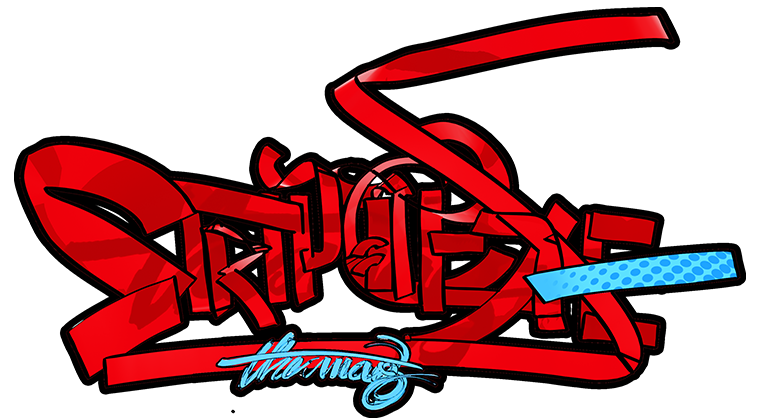Robots of Dharma: A Review
The world as we know, is changing. And in the fantasies darker and grimmer, the change is not a pleasant one. For science-fiction fans, the idea of a dystopian universe can’t be considered to be a new one by any possible stretch of imagination. But in the world of Indian comics, the execution of such an idea is not entirely an old one either. With Satyajit Ray introducing young minds to the idea of the extraterrestrial in his early literary works, there has not been enough stories in the Indian realm that could satisfy the greedy mind of an eager nerd. Yes, there have been instances of alien contact and robot intervention many, many times in this territory, but never have they shown such promise in just 12 pages.
A 12 page comic book- the idea in itself is pretty funny when you are told about it. After all, with the hundreds of elaborately inked pages showcasing the bravado of gods and saints, the very idea a 12-pager about gigantic spaceships and robots does not seem particularly impressive in a world where the wibbly-wobbly-timey-wimeny stuff can’t really be considered much of an exercise in imagination. But surprise, surprise! Hyderabad-based writer Jai Undurti and New-York based artist Stan Chou prove exactly how impressive a 12-pager can be.
A man who believes that sci-fi is the literature of the imagination, a form that gives the writer unbridled freedom, Undurti’s love-affair with the genre is not a recent one. With memories of his childhood linking him back to a vintage issue of Astounding magazine, it wasn’t surprising to know that he had been, for a while, interested in developing a story arc where robots don’t violently overthrow humans but simply do better at the business of living. “They are not hostile, merely indifferent,” smiles Undurti. “Just as our bodies are the buried echoes of organisms dead millions of years ago, the robots too inherit certain modes of life. They also develop a caste system for example.”
And while some of us have at some point of time doodled horrific and realistic versions of R2D2, GLaDOS, Marvin and the like, you never really know how challenging it can really be until you try to take the job seriously or learn from an artist who has. “Ideally, when drawing robots, you want to spend a lot of time designing the robot from scratch,” begins artist Stan Chou. “That means you approach it like a real engineer, as opposed to using inspiration from the many designs we see in Hollywood and various forms of entertainment. I think when writers and artists design robots, there is a real chance that the concepts can get picked up and be used in real-world applications, so whenever possibly, I try to approach the design phase with great care. The flip side is that, in a story, you are trying to suggest ideas to the reader/viewer, so the artistic representation of the robot benefits from having a design that symbolically represents the idea, even if it is not scientifically sound. So perhaps striking a balance between real-world design and symbolism is the key,” he concludes.
A story that encompasses the past, the present and the future, Robots of Dharma: Sweet Memory Must Die begins on a rather defensive note as a robot finds Mr Ramesh lurking in the shadows beyond the fluttering pages of The Song of Wandering Aengus. Defensive and wizened, Ramesh’s indignation at being approached by a robot almost makes you believe that this could be yet another story of AI overthrowing humanity with hostility. But Undurti thankfully knows about the laws of robotics. He knows that “A robot may not injure a human being or, through inaction, allow a human being to come to harm.”
With 12 pages of the 62 planned out already, Undurti promises more in the months to come. “Of course by now I have a notebook filled with jottings and idea scraps. So depending on the response this could well be an ongoing series. I wasn’t too keen on having a single protagonist; rather the novel explores a universe through interlocked stories. For the follow up however, I’d like to spend more time following a character called ‘Robot Prasad’,” he concludes.





